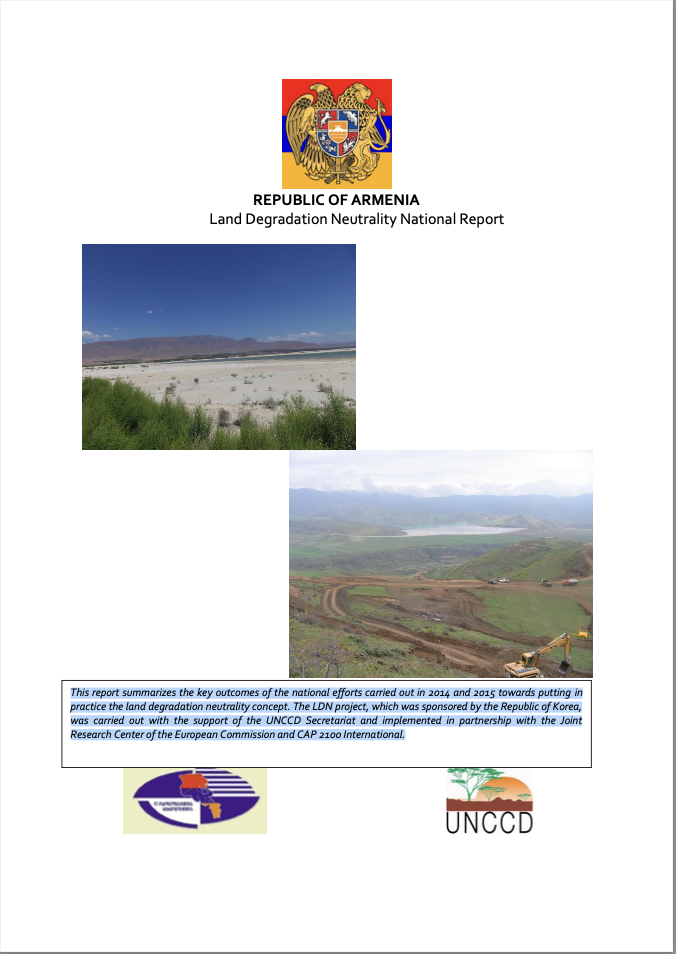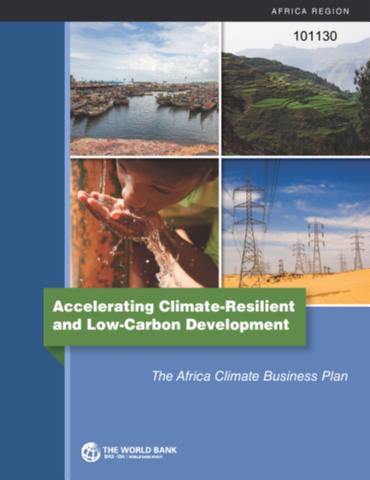Road to Ankara and to a Land Degradation Neutral World
The World Business Council for Sustainable Development has developed a comprehensive work program that can help its members better understand risks linked to inaction and opportunities for action, structuring its work program around the international discussions led by the UNCCD on LDN. In particular LDN is reflected in the WBCSD’s Action2020 targets of “restoring at least 12 million hectares per year of degraded land”, and a business solution on “Restoring Degraded Land” has been developed to provide a response to land degradation challenges and the LDN target.




